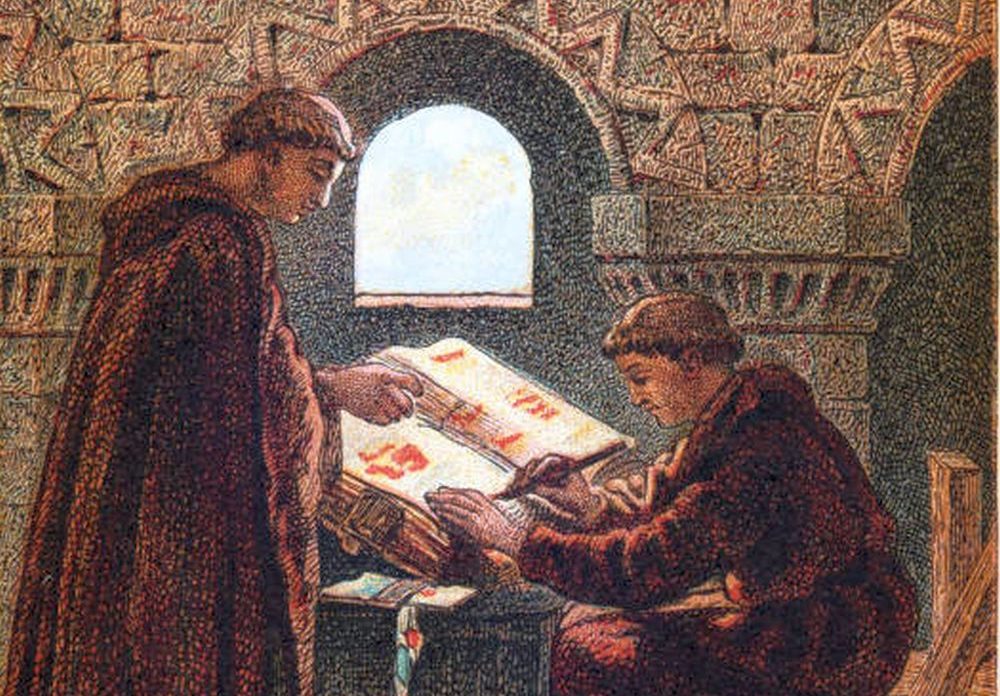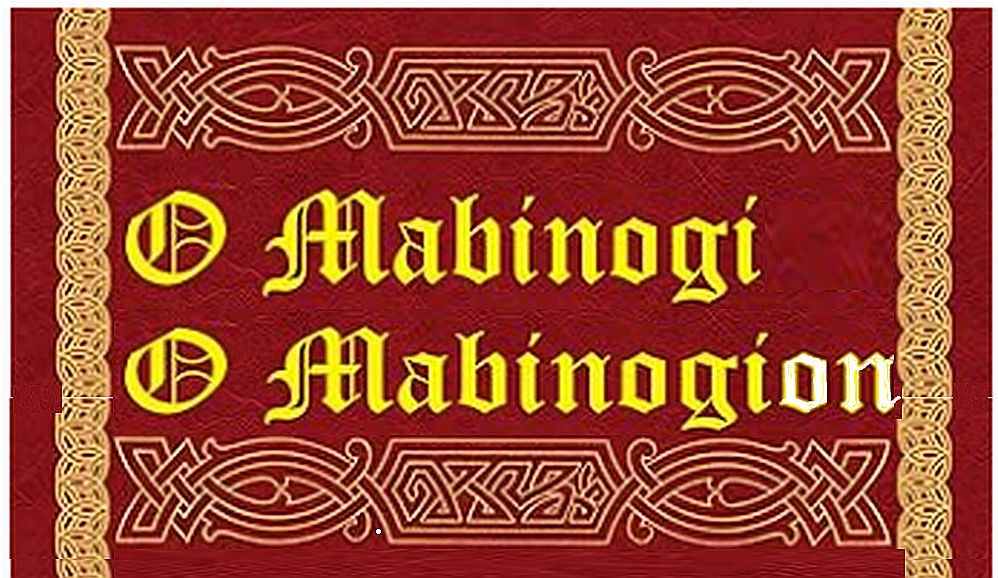Magnificent Mabinogi 3: Mabinogion and other howlers

Dr Shân Morgain
“Mabinogion” oh my sainted aunt is a complete and utter nonsense! It doesn’t exist. Mistake! Error! Emergency!
It means nothing. Nothing at all.
Yet this pesky word is found everywhere these ancient stories are known. It titles our main collection of mediaeval prose stories.
Howler 1
‘Mabinogion’ does occur in the Mabinogi – once, and once only. Before we meet the dozy bloke who started it all, let’s get the difference clear.

MABINOGI = A work of genius. Pioneer of prose storytelling.
MABINOGION = Nonsense *&^%^&*!!!!*&* used as a title.
HELP
The proper Mabinogi, is shorter. It fits inside the longer, nonsense Mabinogion.
Just so, Mabinogion books always include the shorter Mabinogi. The Mabinogi does also appear alone.
We find mabinogi at the end of each of the four Branches, or sections.
‘Here ends this mabinogi’.
Dozy
Long ago, 600 years ago, on one cold afternoon in West Wales, a scribe struggled to stay awake with numb fingers and toes.
He was supposed to write “Here ends this Mabinogi”. He seems to have copied an -ION ending from the line above. Here started centuries of the Mabinogion howler.
Thomas Stephens published a history of Welsh literature (1849), using mabinogi to mean a biography of a named, mediaeval person. He used Mabinogion to title Welsh mediaeval prose stories. That might work.
Howler 2
Lady Charlotte Guest’s Mabinogion is often said to be the original, wrong title.
Not at all. She faithfully followed native Welsh scholars.
They thought the -ION ending was a Welsh plural, so ‘Mabinogi’ would be singular. But in Welsh, ‘Mabinogi’ is already plural!
Howler 3
Lady Charlotte Guest not a pioneer.
She was not the first to translate and publish the Mabinogi. Far from it. Long before 18thC Welsh scholars had translated and prepared publications. William Owen Pughe successfully published most of the Mabinogi (1799-1830).
Guest, though, published the first complete version.
Howler 4 – The Pryderi saga.
The child snatched from his mother’s bed at birth, goes on to appear in all four Branches of the Mabinogi. Earlier Welsh academics thought this meant Pryderi is the central hero of the whole Mabinogi.
But in the First Branch Pryderi is only a child, until the final lines.
In the Second Branch he is named, but does nothing in the main action. In the Third he is absent, imprisoned, for half the tale. In the Fourth he dies in the first fifth. Hardly central.
The ‘Pryderi saga’ however, became very popular and it’s still in vigorous circulation. William John Gruffydd in particular made a big thing of it, as part of his grand reconstruction of the tales.
Mabon the god
The Pryderi saga compares him to the ancestral god Mabon. Like Pryderi Mabon was taken as a baby, he’s also a skilled hunter, and becomes a prisoner. He is always young, and Pryderi is killed long before he grows old.
Mab
The first bit of mabinogi ‘MAB’ means youth, boy. So ‘mabinogi‘ definitely means something to do with the young. But what?
It seemed logical mabinogi might mean stories performed for young nobles, perhaps training stories about being a noble. It is also used to mean ‘childhood’ in an account of Jesus’ youth (his enfances).
John Rhŷs thought mabinog was an apprentice bard, in druidic tradition. That was quickly dismissed.
Calculation
When I counted out the lifetimes of Mabinogi leading characters, curiously few of them grew old. Certainly in warlike, pre-industrial society this is true anyway.
But here the only elders are three: Rhiannon’s father Hyfaidd, her husband Pwyll, the lord Math.
That’s very few indeed out of 24-30 major characters. Only Pwyll dies of old age. It all gives the impression of a golden world of youth.
So I have wondered if the Mabinogi might be ‘tales about young nobles’ rather than for them.
Howler 5 – Rhiannon
Rhiannon, the mysterious and strongminded lady of the First Branch, arrives draped in ‘pure white’. Not so. She wears blazing, golden silks, the most expensive material of all.
Usually only royalty and bishops could afford it. It is her horse which is pale-white.
I think this confusion might come from Arthurian enthusiasts, for whom a maiden in ‘pure white’ is right and proper. Rhiannon however is not Arthurian which is a later literature.
Howler 6
Teyrnon, good man of Gwent, has a mare with a problem losing her newborn foals. He sits vigil guarding her and rescues Rhiannon’s baby.
But this all takes place right inside his house where he brought the mare to protect her. Not in the stable as so many say.
These howlers are trotted out by many, including the most prestigious writers (and even occasionally Nation Cymru).
Hopefully this little article equips you to put a stop to some of the howling!
…………………………………………………………………………………………………..
The ‘Magnificent Mabinogi’ title was first used by the playwright director Manon Eames for her famous staging, Aberystwyth Arts 2008; used here with her permission.
Magnificent Mabinogi Series 1. Genius 2) Stories 3. Howlers (above) 4) NEXT Tension
Support our Nation today
For the price of a cup of coffee a month you can help us create an independent, not-for-profit, national news service for the people of Wales, by the people of Wales.





I have been criticised via LinkedIn as follows. Your attack on the word ‘Mabinogion’ was ill-considered… ‘Mabinogion’ is no more correct or incorrect than ‘gay’, ‘train station’ or ‘anti-Semitism’: I happen to intensely dislike all these four terms, but for me to express my dislike on social media would be pissing against the wind. Dai Hawkins He is right that Mabinogion has become established by sheer usage. I do say it has long been used as a title for mediaeval Welsh prose fiction, and I noted Thomas Stephens recognised it like that. But that doesn’t change that it roots… Read more »